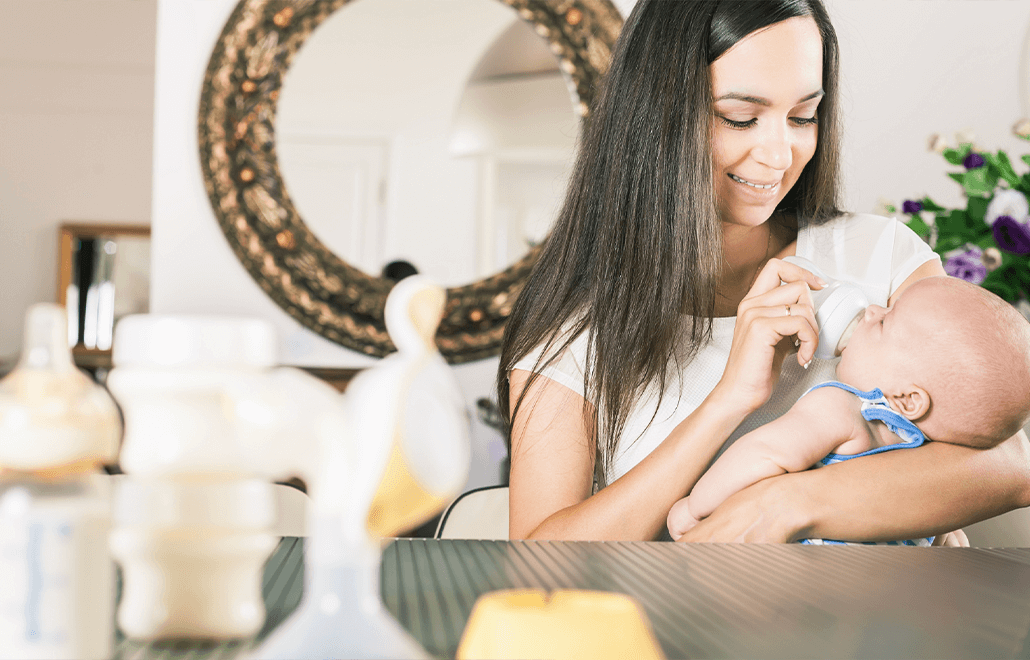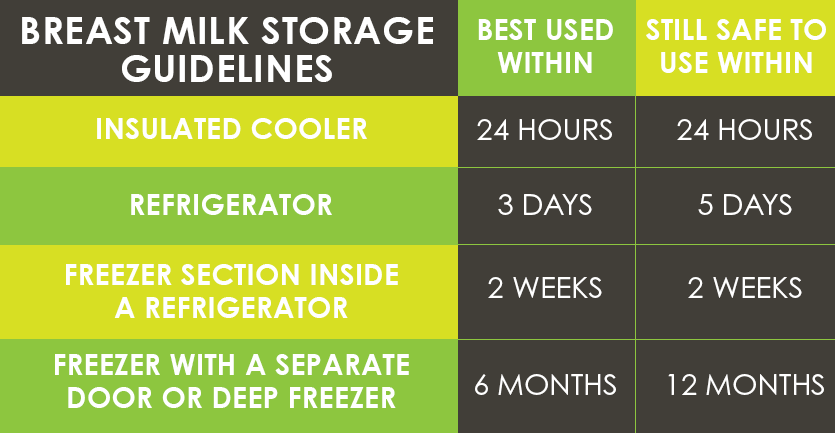
07 Jun How to Safely Pump and Store Breast Milk
3 min. readEscaping pumping isn’t possible for many breastfeeding mothers. Regardless of how many times you feed your baby through breastfeeding equipment, you need to follow safety guidelines to pump and store the breast milk.
Here is a summary of the safety guidelines.
How to Safely Pump and Store Breast Milk
Clean the Pump Equipment
Let’s begin with the cleaning of your breast milk equipment. Before you start using the breast milk equipment, take a large bowl, scrub brush, and a bottle to clean all the parts. It is important to limit the bacteria and germs that can come in contact with the pump and contaminate it.
Before the first use:
- Wash the bottle parts and pumps with soapy and hot water in the bowl you have dedicated for your breast milk equipment. Avoid using soapy water to clean the tubing. Once you cleaned them, rinse all the things with hot water.
- The next step is to sterilize the breast milk equipment parts in anything available in your house such as a microwave sterilizer, dishwasher, or hot boiling water for at least 10 to 15 minutes.
Clean after Use (Immediately)
Wash all breast milk equipment’s parts using hot water and soap. Scrub each part with a brush. Wipe the tubing of the breast milk equipment from outside. If you notice any traces of dirt or mold on the tubing, discard them.
- Rinse all the parts with water
- Air dries all the parts.
- Avoid using a dishcloth to clean or dry the water. It may transfer bacteria.
- Always use clean/new paper towel. If there is moisture inside the tubing, run the pump with tubing on for 5 minutes to dry the moisture
Or
- If your product’s manufacturing allows washing it in the dishwasher, you can use it. Make sure you use the heat cycle or hot water.
- Clean the dishwasher and wash/sanitize your hands before you remove the parts
- Air dries all the parts.
If your baby is 2 to 3 months old or is a pre-mature baby follow your breast pumps manufacture guidelines.
Storing Breast Milk
Breast milk can be stored in a plastic or glass bottle with a tight-fitting lid, or in a heavy-duty sterile, sealable bag. It is easiest to store breast milk in the amounts you use every day. Label the containers with the date the milk was pumped and your baby’s name.

When thawing breast milk, place the container under warm water in the refrigerator. Never microwave or boil breast milk. Once the breast milk has been thawed, do not refreeze. It is always better to seek a professional’s advice when it comes to pumping and storing breast milk safely. Get in touch with Continuum Pediatrics by calling at 817-617-8600 and learn more about it.

